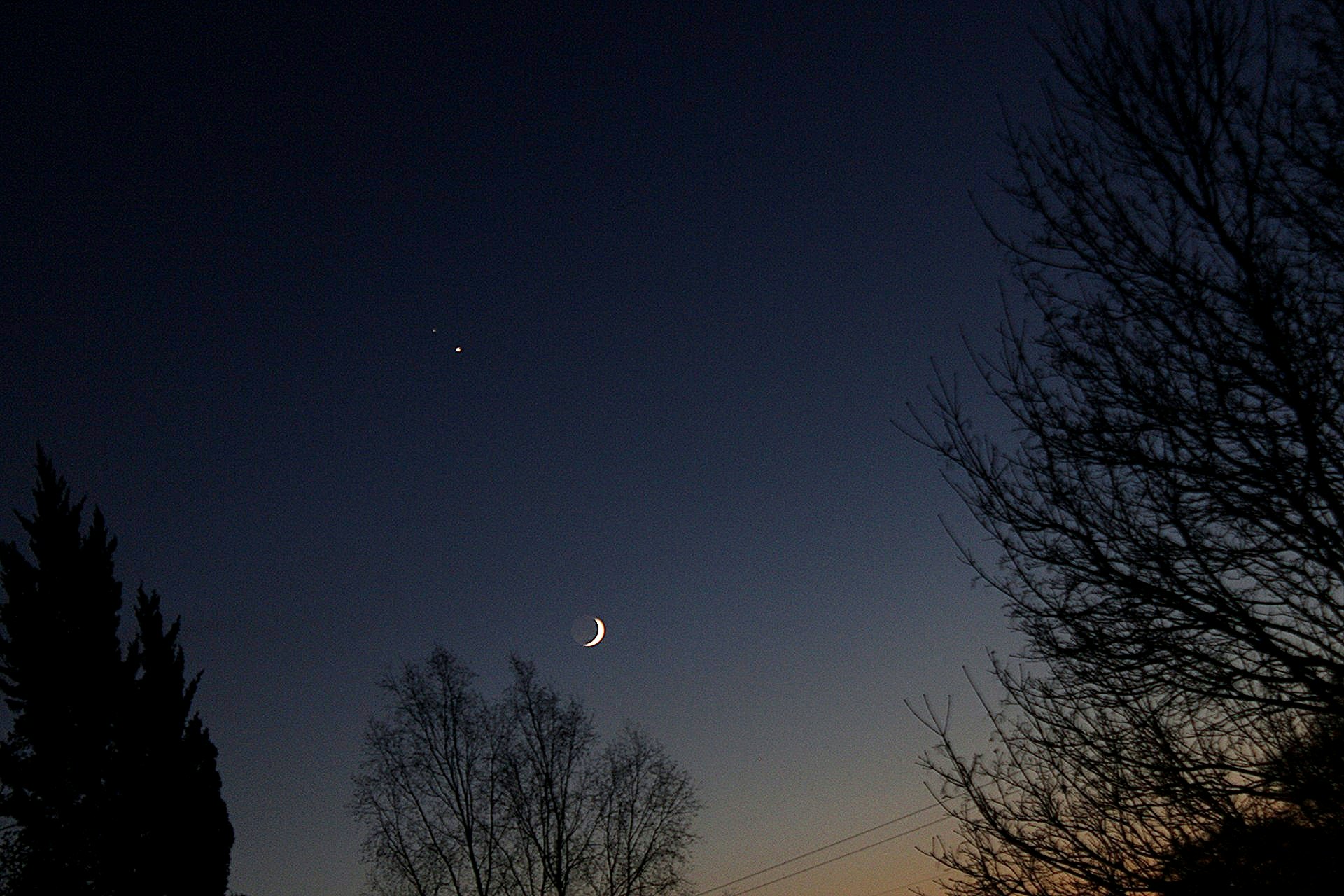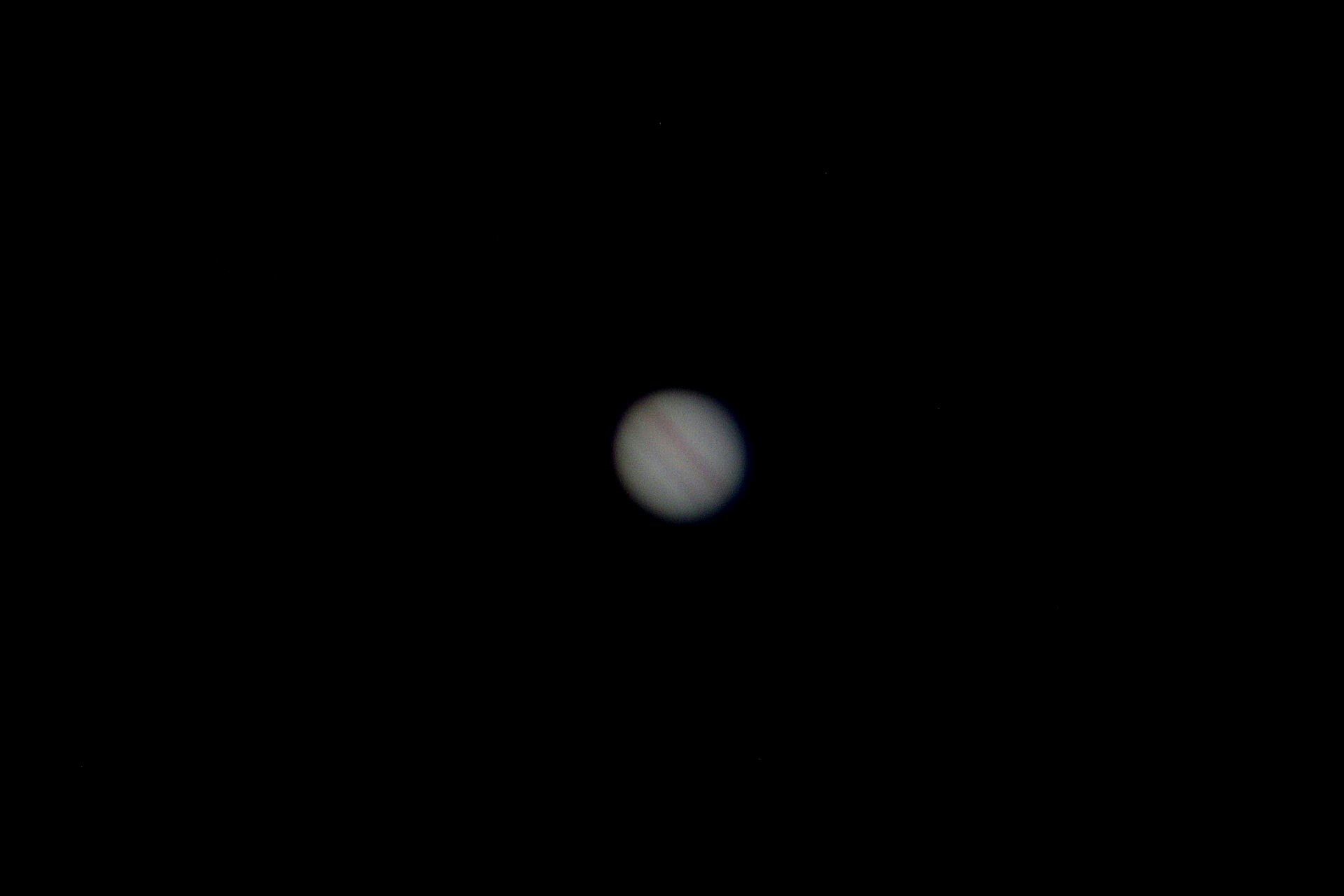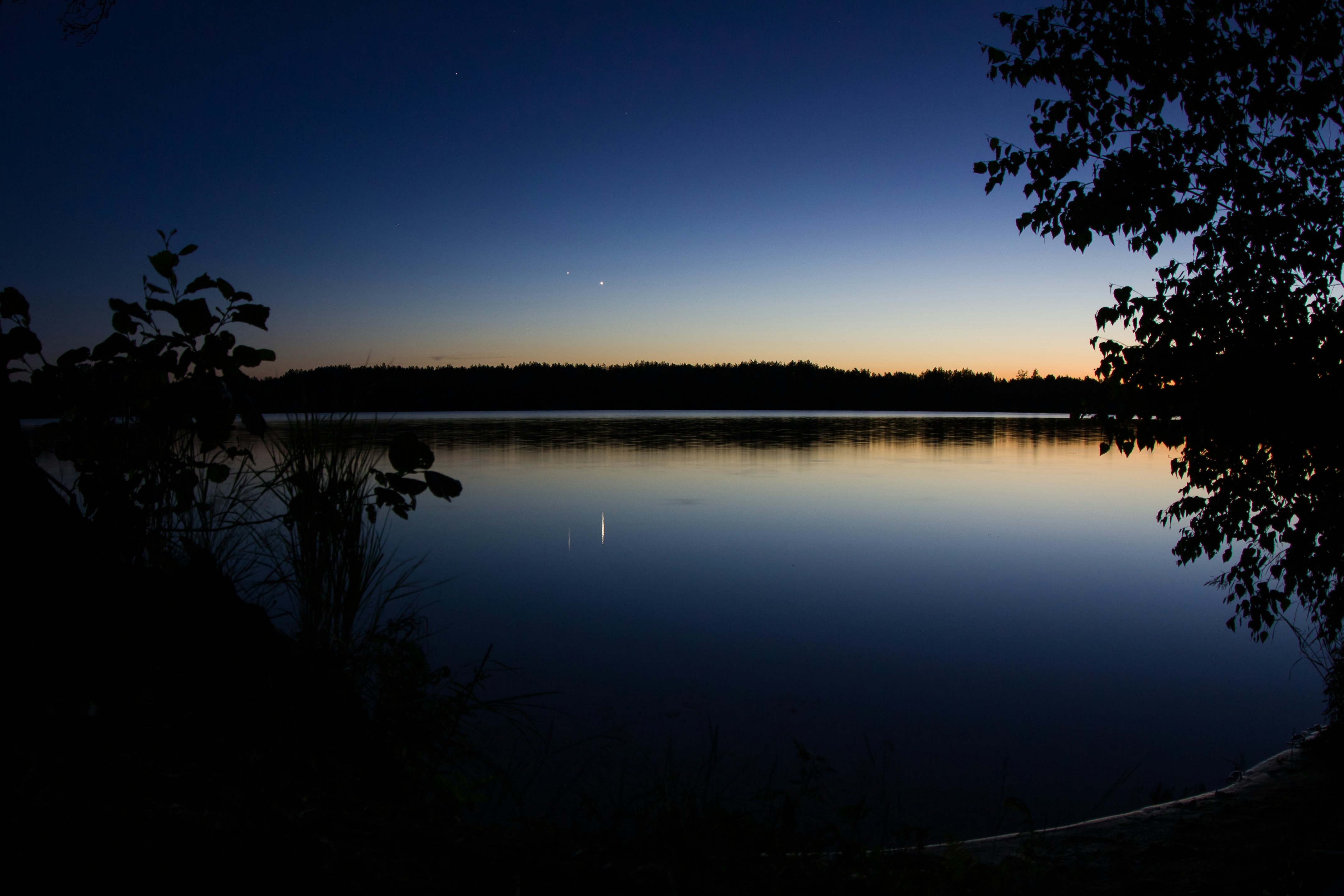
In December 2020, Saturn and Jupiter came so near each other in the sky they almost touched. Now, a planetary conjunction in April will put on a remarkably similar show, bringing the two brightest planets in the night sky close together enough to put on quite a show.
The two brightest planets in the night sky, Jupiter and Venus, will perform a “dance,” or conjunction, in the pre-dawn sky at the end of this month. Astronomy enthusiast or not, it’s worth waking up early for a peek, as it will be quite the show. The event begins on April 29 and ends on May 1, with a peak on April 30.
Here’s the Inverse guide to witnessing the celestial event.
How to spot a conjunction
If you are not a frequent observer, it is easy to pass off planets visible to the unaided eye as stars, since at first glance, they can appear to blend right into a star-filled sky. However, there are two main differences that allow observers to quickly spot neighboring planets.
The first major detail to look for is if these objects are “twinkling.” One of the basic rules of astronomy is that stars twinkle and planets do not.
The second thing to look for is if the object is brighter than the surrounding stars. Jupiter and Venus are the brightest planets visible in the night sky, and very hard to miss even in urban areas. While Venus is the brightest planet visible from Earth, Jupiter comes in second and stands out in more ways than one.

How to see Jupiter’s moons
Jupiter has many moons — currently estimated at more than 79. You can see at least three to four of Jupiter’s moons with a bit of help on a clear night. There is no need for a telescope, just something that will give your eyes more power. Astronomy binoculars are best, but even with a pair of powerful sporting binoculars, the moon will appear.
Of course, a small telescope will enhance this view even more. Depending on the power, a small telescope can make some of the bands on Jupiter stand out. With a small commercial telescope, your view will unfortunately not be as great as pictures from space probes or Hubble, but this spectacular view is the closest we will come to seeing Jupiter with our own eyes.
When Jupiter and Venus approach from April 29 through May 1, the two will be visible in the same field of view. Weather permitting, this will make a rare view through the telescope.
What is a conjunction?
In astronomical terms, a conjunction is simply two objects positioned in space that seem to be close together when viewed from Earth. In the case of Jupiter and Venus, these two planets are actually quite far apart in space; Venus orbits the Sun about 67.2 million miles away, while Jupiter orbits at 484 million miles away. For comparison, Earth is about 93 million miles from the Sun.
On their orbital travels, planets occasionally align perfectly from our point of view to create a spectacular show visible to us here on Earth.

How can I see the Jupiter-Venus conjunction?
The planets are best visible half an hour before sunrise. Looking towards the East, Jupiter and Venus will move closer starting on April 24. Jupiter will appear to the left and below Venus. Between April 29 and May 1, the two will be very close together — so close that they are in the same telescopic view.
The planets will appear the closest on Saturday, April 30, coming only 0.2 degrees apart. This is nearly the same distance as the December 2020 Jupiter / Saturn conjunction. This will make the view very bright and impossible to miss even with the unaided eye. All you need are clear skies and an unobstructed view of the horizon. The two will then appear to switch places in the proceeding days, with Jupiter appearing higher in the sky than Venus. The two planets continue to move further apart as the days go on.
When is the next Jupiter and Venus conjunction?
If you miss this viewing, the two brightest planets will not cross paths again until early March of 2023. Although close, the two planets will not move into the same telescopic view next year. Another reason not to miss the performance at the end of this month!
When was the last Jupiter and Venus conjunction?
The last Jupiter and Venus conjunction took place on February 11, 2021, in early dawn hours just over the horizon, meaning that while there was a conjunction last year, not everyone had a solid chance of seeing it.
How often is the Jupiter and Venus conjunction?
On a webpage regarding conjunctions, Rice University professor Patrick Hartigan says that there is a Jupter and Venus conjunction around once per year. But they aren’t always in the same closeness or position in the sky. Ones in similar positions take place roughly every three years and three months between each event, Hartigan says.
2022 Conjunction Calendar
On May 29, Jupiter will meet up with Mars. The super-bright Jupiter will come close to the unmistakably Red Planet in another show for early risers. The best time to view the pair is just after 4:30 a.m. Eastern in the Eastern sky.
The next conjunction will be on December 6, when the almost Full Moon and the Pleiades dazzle after sunset. The next evening, on December 7, the Full Moon will occult Mars. In simple terms, this means the bright moon will appear to cover up the Red Planet. This performance will take place just after 6 p.m. Eastern toward the East, and continue to shine all night.
The last event of 2022 will take place on December 29. Venus and Mercury will have a close encounter, but it will only be visible for a short period in the southwestern sky just after sunset. Be sure to look low on the horizon as soon as the Sun sets.
Wishing you clear skies for the rest of the year!







